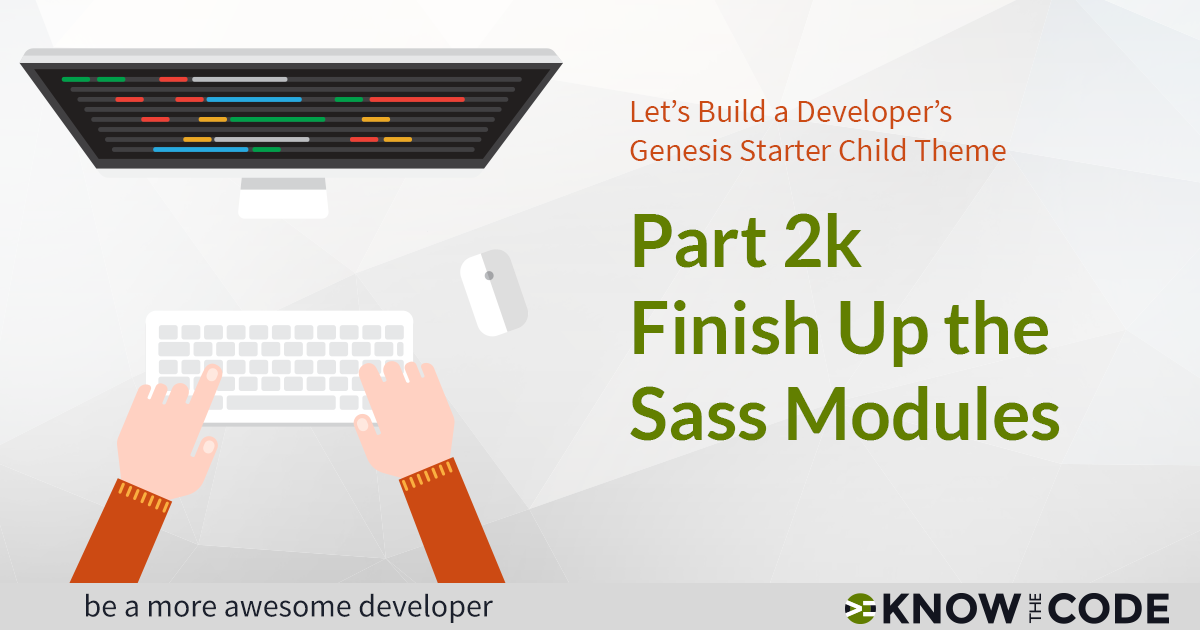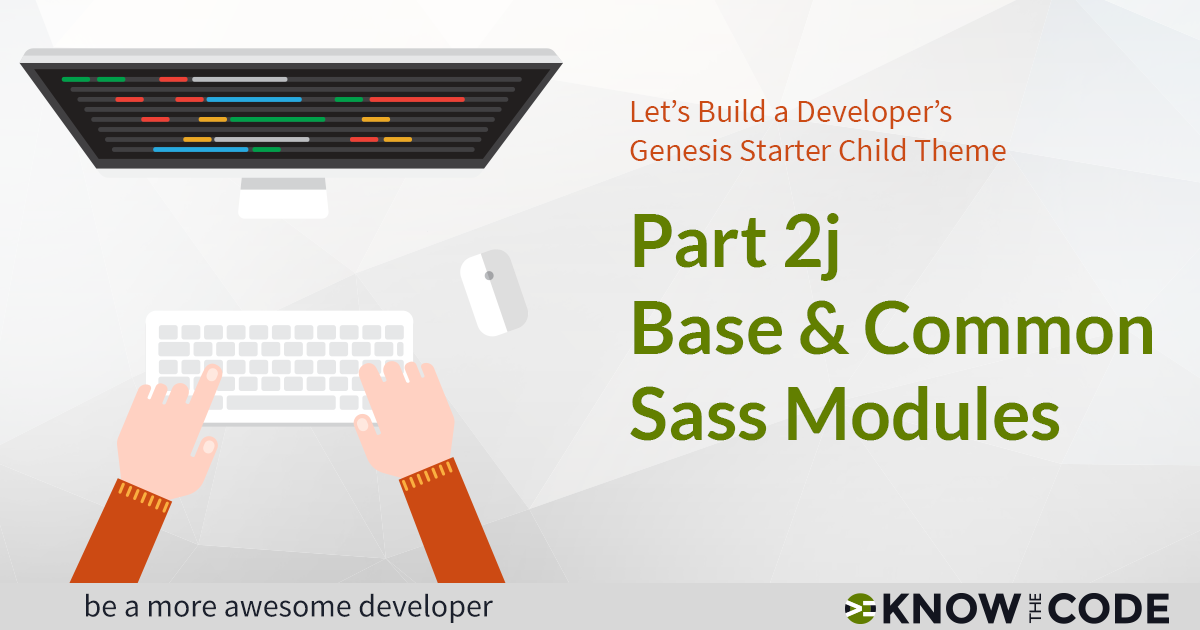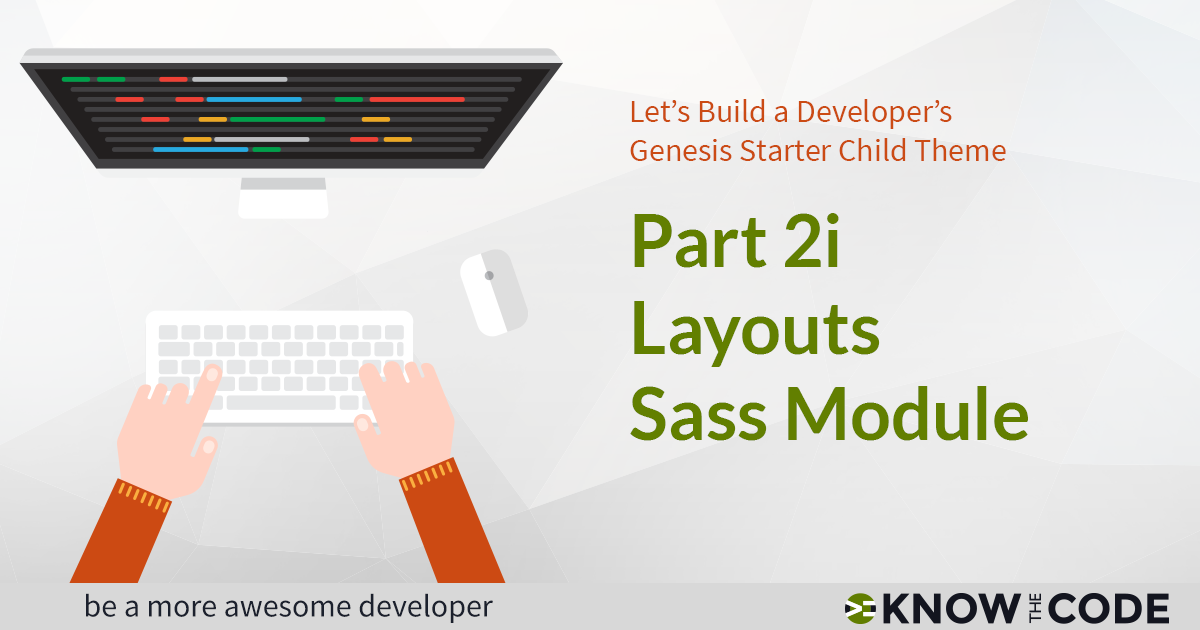Let’s start in the typography variables file and convert the current variable names to the BEM methodology. The convention we will use is: $primary-nav–font-size, where the block is $primary-nav and the modifier is the CSS property font-size. Within your IDE or editor, you will do a global search and replace. Follow along with me to ensure you have the right naming; although really this is your codebase, therefore, you can name these variables any way you want.



